Stock Market Today: No 'Powell Put'? No Problem
Investors, traders and speculators look beyond both another Trump post and more signs of slowing economic activity.



Stocks were generally higher most of Thursday to end a holiday-shortened trading week – even after President Donald Trump criticized the work of "too late and wrong" Federal Reserve Chair Jerome Powell in a pre-opening-bell post on Truth Social and despite a soft set of incoming economic data.
Shortly after 6 am Eastern Daylight Time, President Trump drew an unfavorable comparison between his Fed Chair and the European Central Bank, noting that the ECB "is expected to cut interest rates for the 7th time."
Trump described Powell's Wednesday speech to the Economic Club of Chicago, in which he warned of a slowing economy and higher inflation, as "a report which was another, and typical, complete 'mess!'" The president concluded that Powell's "termination cannot come fast enough!"

Sign up for Kiplinger’s Free E-Newsletters
Profit and prosper with the best of expert advice on investing, taxes, retirement, personal finance and more - straight to your e-mail.
Profit and prosper with the best of expert advice - straight to your e-mail.
Markets took a bearish view of the Fed chair's comments during a Q&A session Wednesday afternoon. "Markets are doing what they're supposed to do," Powell said in his speech, adding that the Fed won't take emergency steps simply because the stock market sells off.
Powell said the economy is "moving away" from the central bank's dual mandate for price stability and full employment. But the Fed remains "well-positioned to wait for greater clarity" amid rising tariffs-related uncertainty.
The president prefers immediate cuts to interest rates and probably a "Powell Put" (i.e. intervention by the Fed) too. As of April 17, federal funds rate futures prices indicate a 93.8% probability the Federal Open Market Committee holds steady at a range of 4.25% to 4.50% until June, up from 85.3% on April 16. The next Fed meeting is May 6-7.
Note that both the stock and bond markets are closed tomorrow in observance of Good Friday.
By Thursday's closing bell, the Dow Jones Industrial Average had declined by 1.3% to 39,142, the S&P 500 was up 0.1% to 5,282, and the Nasdaq Composite was down 0.1% to 16,286.
Soft data raises eyebrows
The Department of Labor said initial jobless claims declined by 9,000 to 215,000 for the week ending April 12, below a consensus forecast of 225,000 and the lowest level since mid-February.
The four-week moving average decreased by 2,500 to 220,750. The previous week's average was revised up by 250 from 223,000 to 223,250. Continuing claims ticked up to 1.89 million, a bit above the 1.87 million estimate.
BMO Capital Markets senior economist Priscilla Thiagamoorthy observes that "jobless applications filed by federal workers stayed muted after spiking higher in February and early March." Thiagamoorthy notes Powell said in Chicago that "the labor market appears to be in solid condition."
Meanwhile, the Census Bureau said housing starts fell by 11.4% in March to 1.32 million, short of a 1.42 million consensus forecast. Building permits – a proxy for future construction – rose 1.6% to 1.48 million after falling for three straight months. And the Philadelphia Fed Manufacturing Index "plunged" 38.9 points to -26.4 in April, a two-year low.
"Overall," Thiagamoorthy explains, "the figures suggest residential construction will continue to stay lackluster amid issues on both the demand and supply side." At the same time, the economist sees "no major sign of a softening in labor market conditions." That plus potential inflation pressures are "likely keeping the Fed on the sidelines … for now."
Still, "The soft data continues to raise eyebrows."
When a giant stock falls
UnitedHealth Group (UNH) suffered its steepest one-day sell-off in almost 27 years on Thursday, falling 22.4% after failing to meet expectations for its first quarter and announcing a major cut to its full-year guidance. UNH declined by 28.4% on August 6, 1998.
The Dow Jones stock reported earnings of $7.20 per share, below a FactSet-compiled consensus of $7.29. Reported revenue of $109.6 billion fell short of a $111.6 billion forecast. UnitedHealth now expects to report EPS of $26 to $26.50, down from a range of $29.50 to $30 established in December.
Management cited "heightened care activity indications within UnitedHealthcare's Medicare Advantage business," noting that utilization rates of physician and outpatient services were higher than expected in the quarter, as well as a "greater-than-expected impact" of ongoing Medicare funding reductions underway as of the Biden administration.
"The company believes these factors to be highly addressable over the course of this year as well as it looks ahead to 2026," UnitedHealth said in a statement.
"Today, the Dow is getting hit hard primarily by a single name: UnitedHealthcare," explains Louis Navellier of Navellier & Associates. In addition to sinking the health insurance sector, UNH is "almost single-handedly taking the Dow down."
The Dow is calculated "not by market value weight, but a wonky math calculation that gives the greatest weight to share price." And UnitedHealth opened the day with the largest weight in the Dow by virtue of its $585.04 closing price on Wednesday.
UNH stock is now down 10.2% in price-only terms so far in 2025 and 7.9% over the trailing 12 months.
Related content
- Which Stocks Stayed Green as the Market Plummeted?
- What Is the Buffett Indicator?
- What Would Happen if You Put Your Tax Refund in an IRA?
Get Kiplinger Today newsletter — free
Profit and prosper with the best of Kiplinger's advice on investing, taxes, retirement, personal finance and much more. Delivered daily. Enter your email in the box and click Sign Me Up.

David Dittman is the former managing editor and chief investment strategist of Utility Forecaster, which was named one of "10 investment newsletters to read besides Buffett's" in 2015. A graduate of the University of California, San Diego, and the Villanova University School of Law, and a former stockbroker, David has been working in financial media for more than 20 years.
-
 How Many IRS Commissioners Have We Gone Through This Year?
How Many IRS Commissioners Have We Gone Through This Year?IRS Who were the former commissioners, and why did they resign? Find out how IRS turnover can impact your taxes.
By Kate Schubel
-
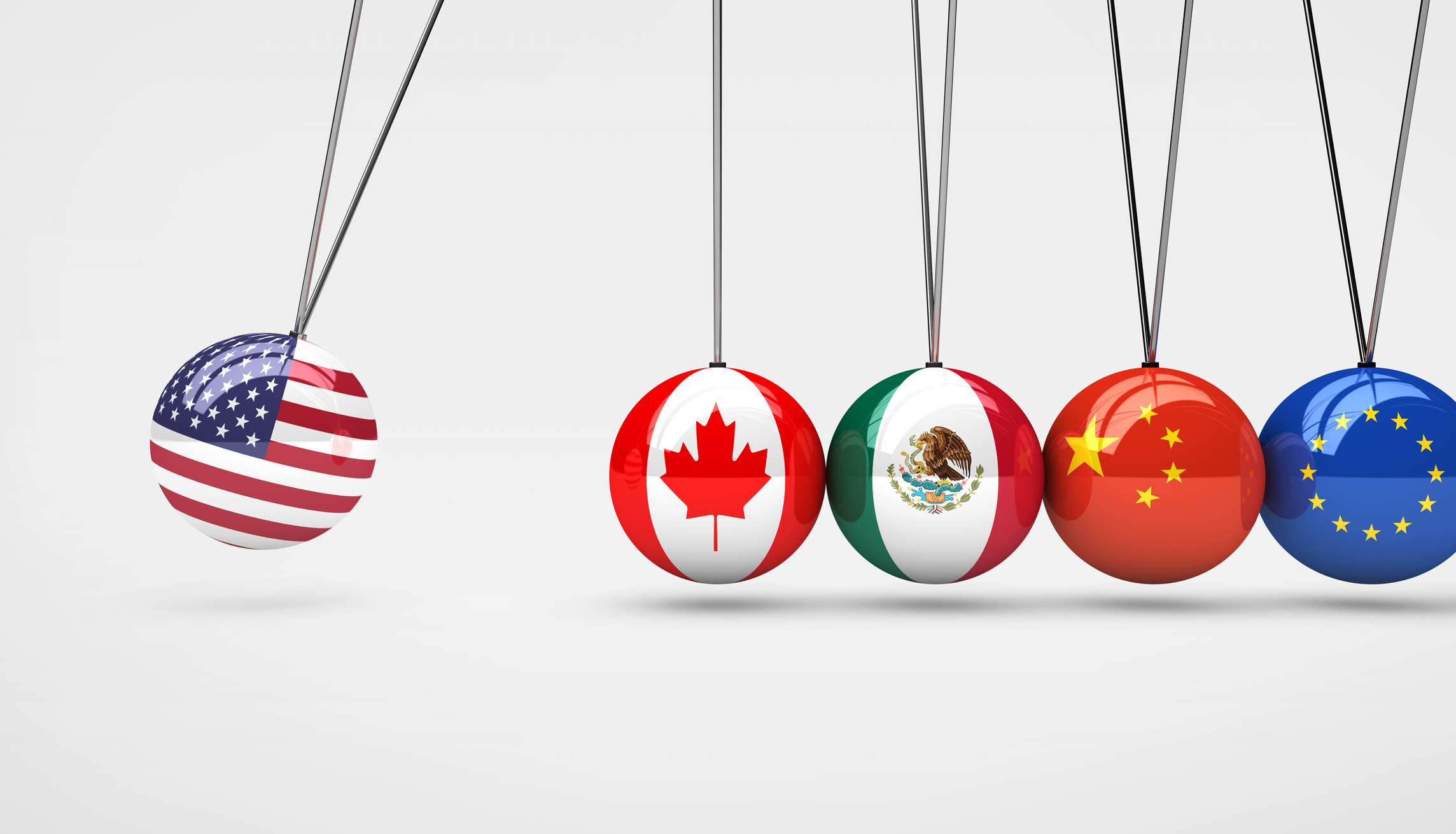 Trump Dials Back Most Tariffs but Targets China
Trump Dials Back Most Tariffs but Targets ChinaThe Kiplinger Letter Wall Street hopes that higher tariffs on most countries are on hold for good. But the trade war between the U.S. and China is heating up.
By Jim Patterson
-
 First 100 Days: Trump's Impact on Your Finances
First 100 Days: Trump's Impact on Your FinancesHere are some opportunities to consider regarding investing, interest rates and tax cuts as the financial landscape shifts under the new administration.
By Daniel Razvi, Esquire
-
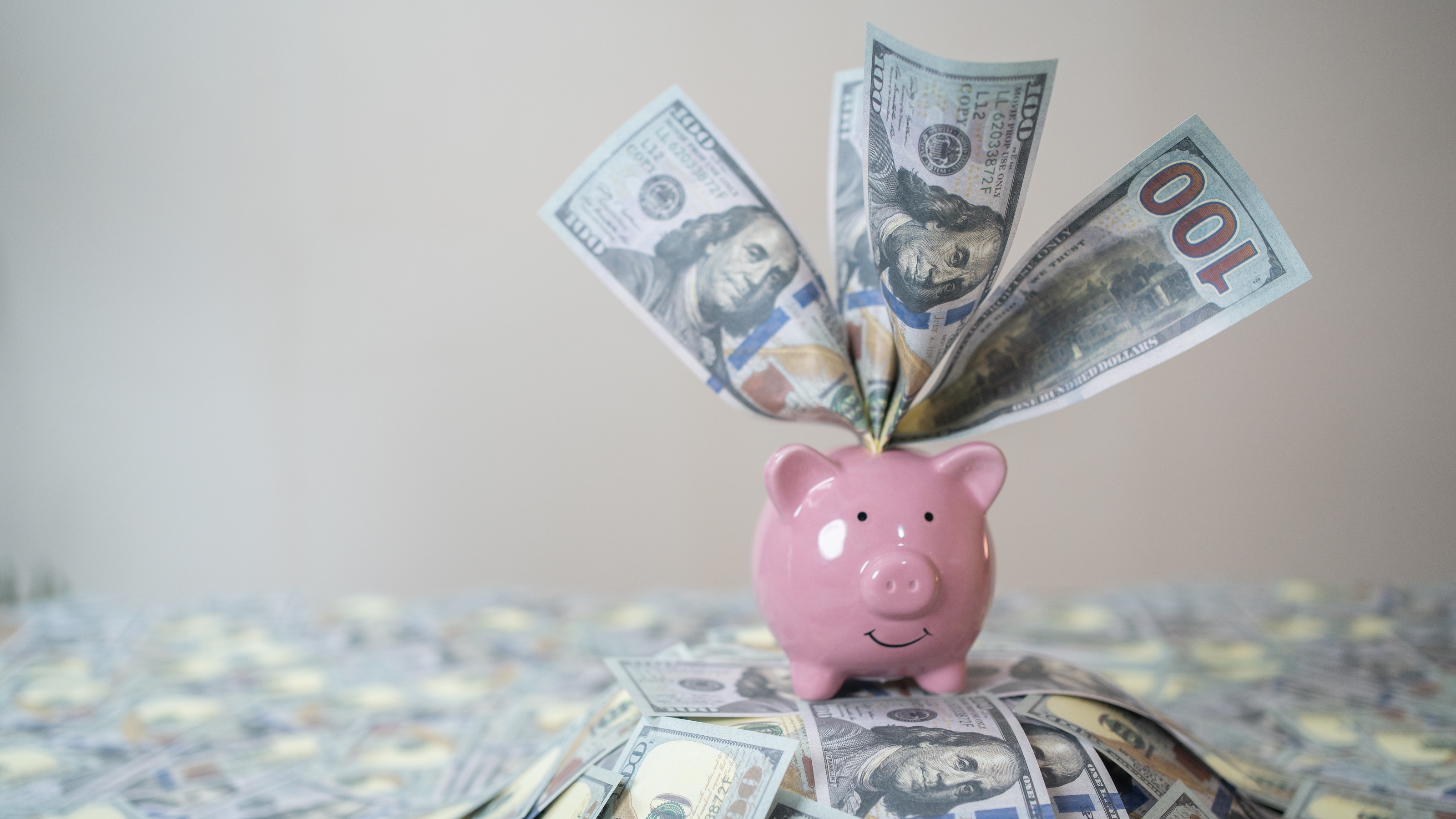 What Would Happen if You Put Your Tax Refund in an IRA?
What Would Happen if You Put Your Tax Refund in an IRA?Not only could you get a tax break, but the compounding effect over 35 years could turn the average refund into nearly $14,000.
By Romi Savova
-
 Children Can't Afford to Fly the Nest? Here's How to Help
Children Can't Afford to Fly the Nest? Here's How to HelpThe high cost of living means more adult children are staying at home. Here are four ways to help financially so they can eventually spread their wings.
By Kelli Kiemle, AIF®
-
 How Much Will Car Prices Go Up With Tariffs?
How Much Will Car Prices Go Up With Tariffs?Tariffs could drive car prices up even higher, for new and used cars, as well as for American brands.
By Jim Patterson
-
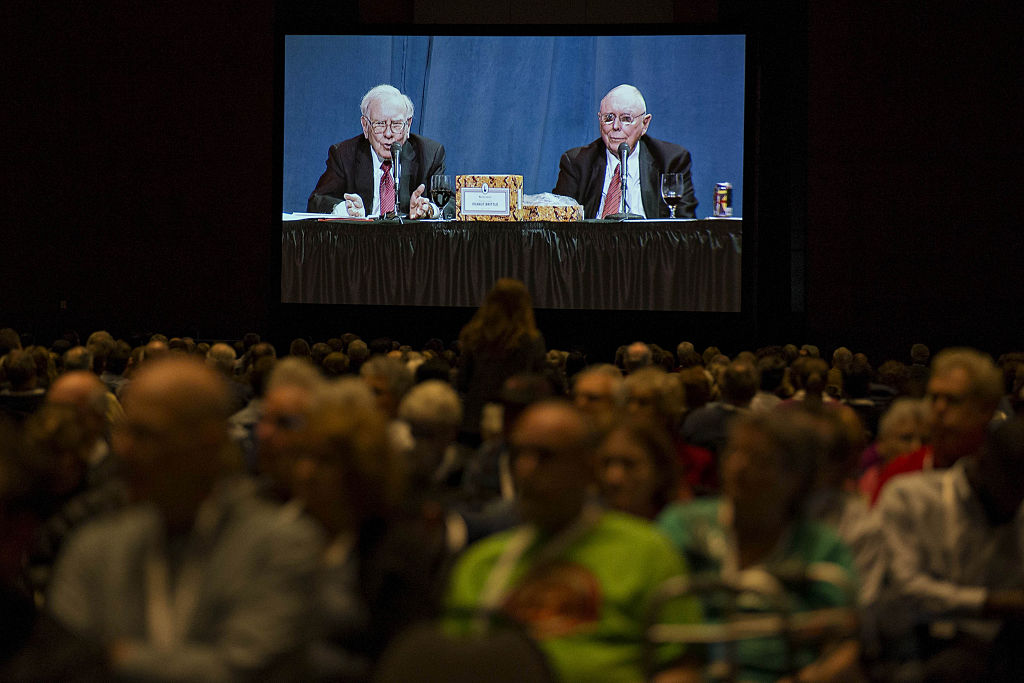 What Is the Buffett Indicator?
What Is the Buffett Indicator?"It is better to be roughly right than precisely wrong," writes Carveth Read in "Logic: Deductive and Inductive." That's the premise of the Buffett Indicator.
By Charles Lewis Sizemore, CFA
-
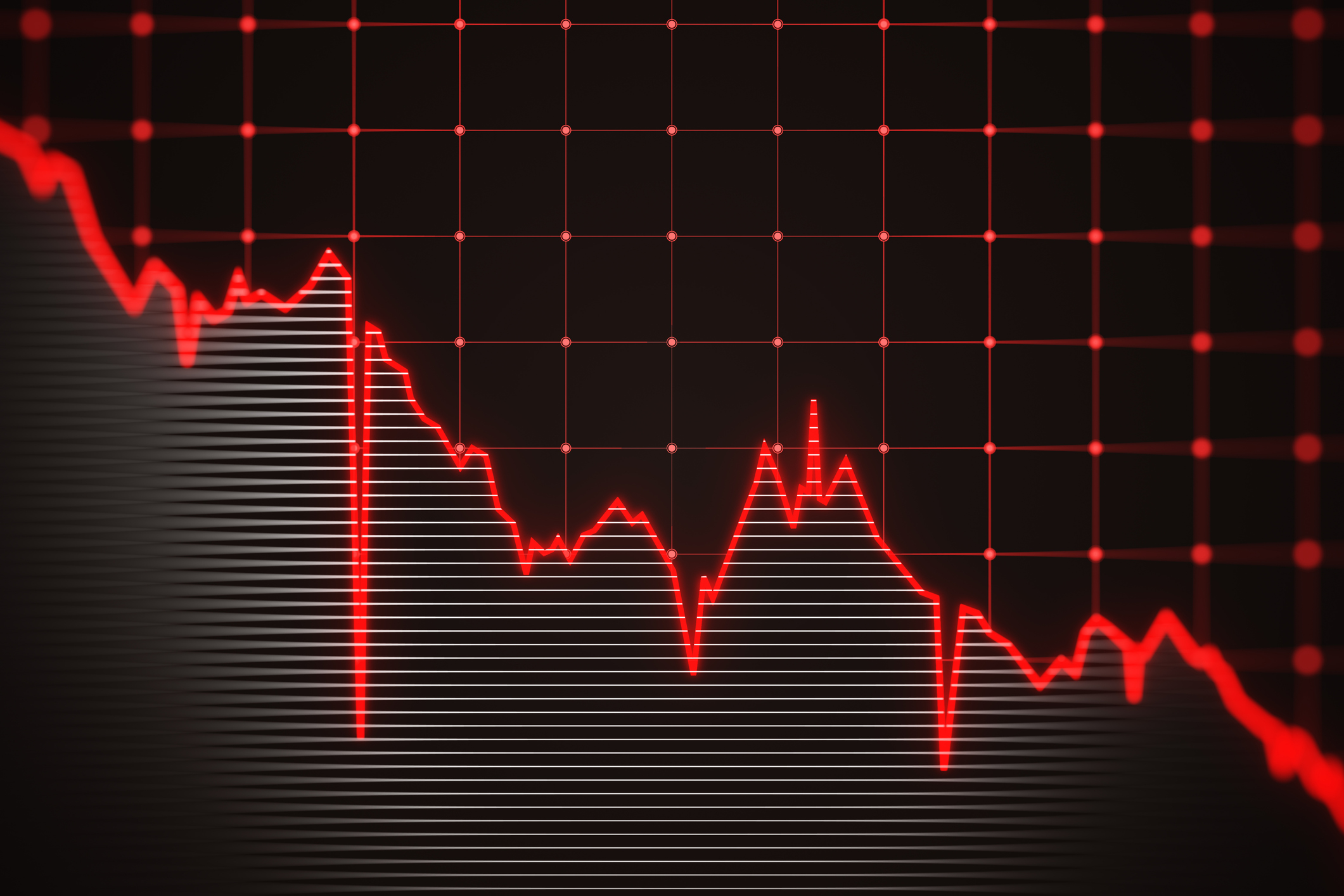 Stock Market Today: Dow Drops 699 Points After Powell Speech
Stock Market Today: Dow Drops 699 Points After Powell SpeechFed Chair Powell warned of a slowing economy and higher inflation but said the central bank isn't ready to cut rates just yet.
By Karee Venema
-
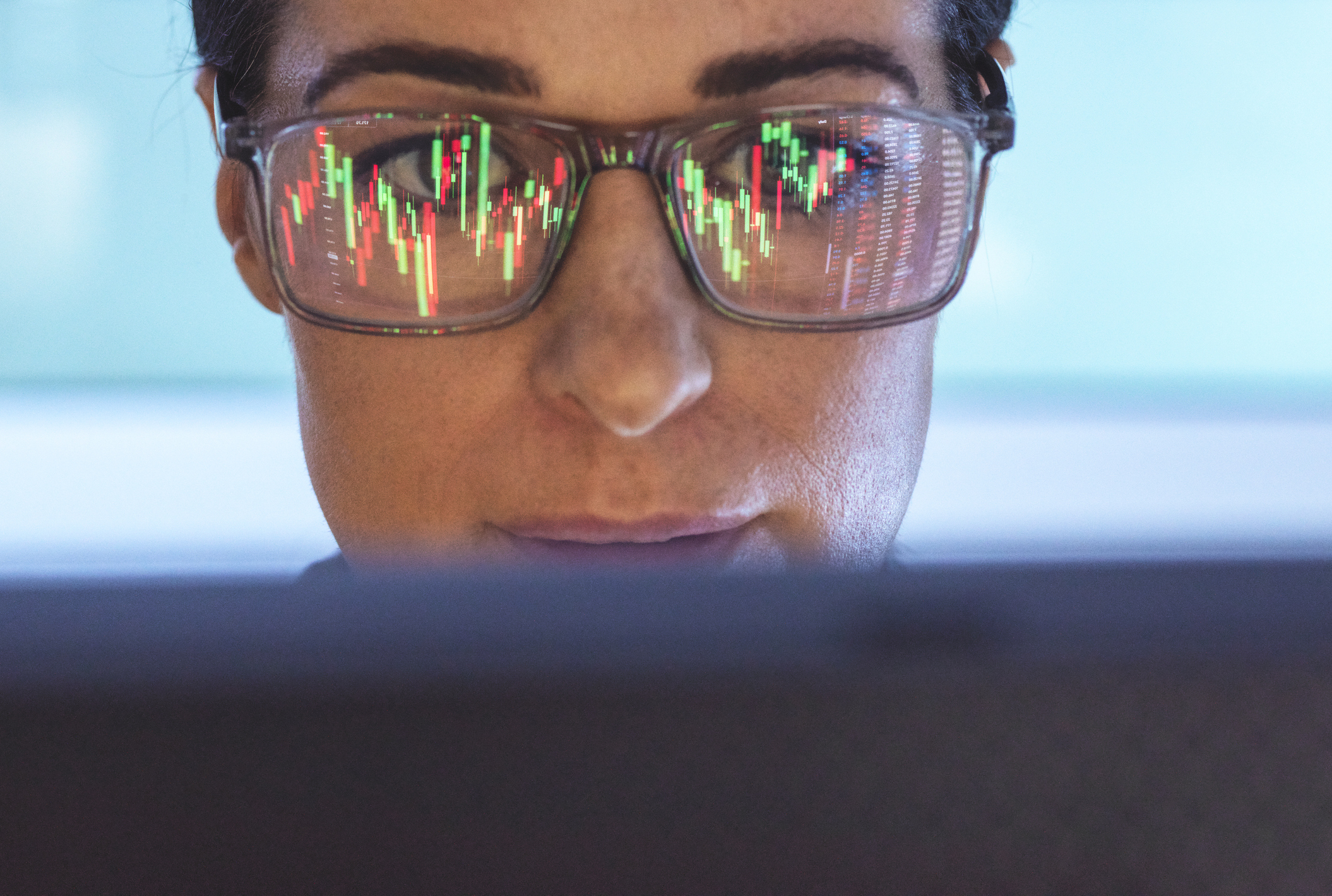 I Have $20,000 to Invest. What Should I Do?
I Have $20,000 to Invest. What Should I Do?We asked a financial expert to weigh in on where to invest $20,000.
By Charles Lewis Sizemore, CFA
-
 How to Protect Your Privacy While Using AI
How to Protect Your Privacy While Using AIHow to keep your information and finances safe while using AI, including ChatGPT and Perplexity.
By Bob Haegele